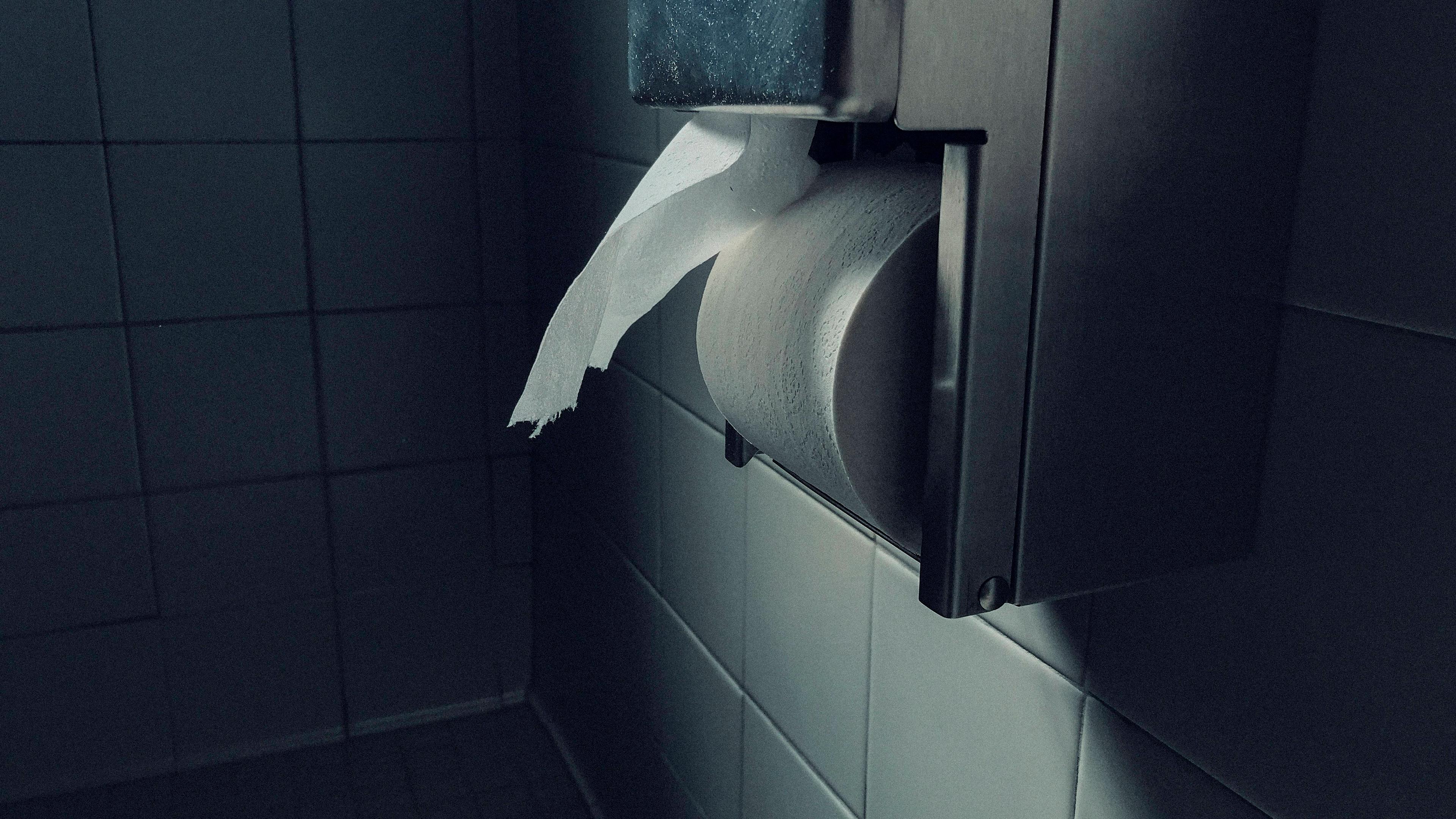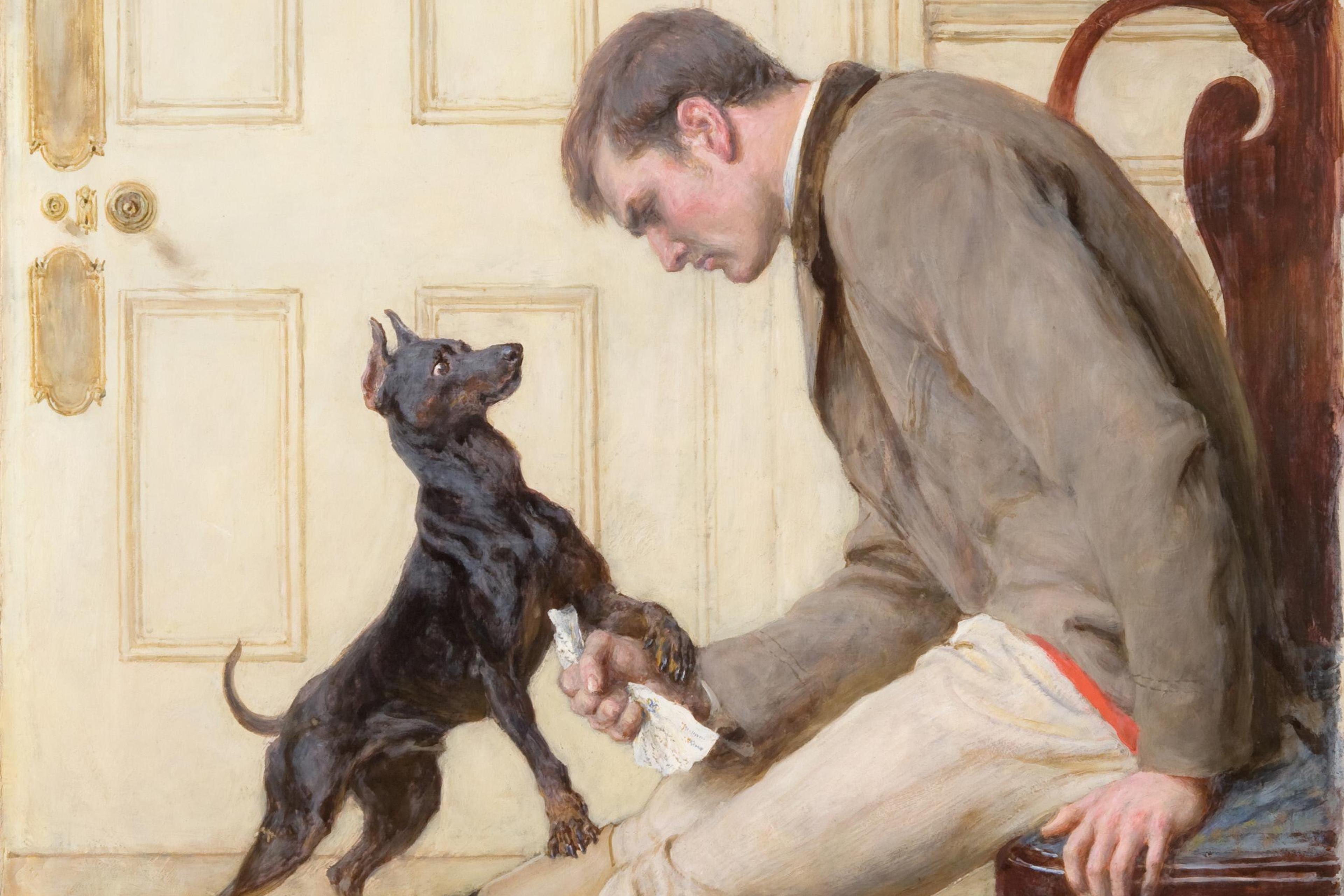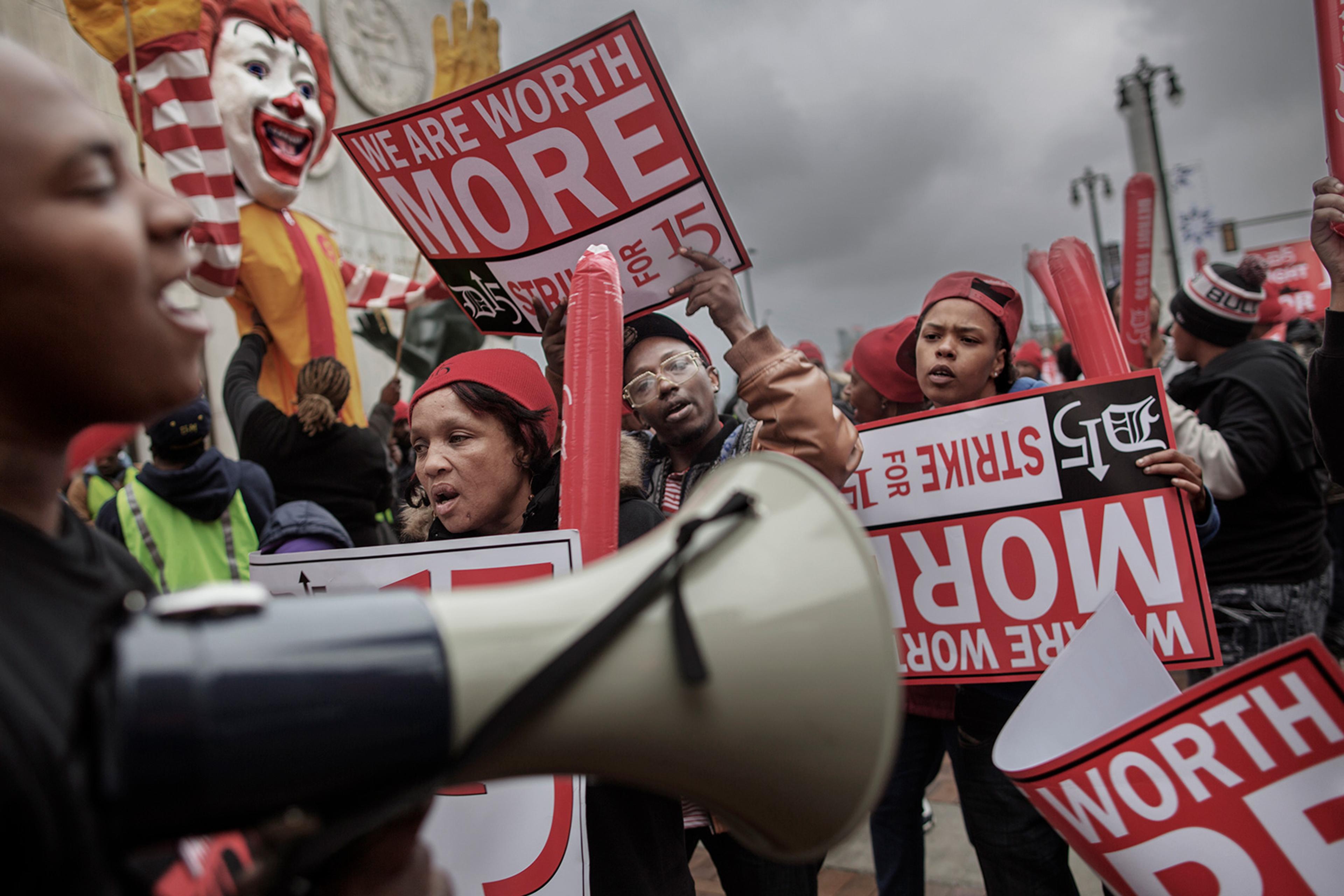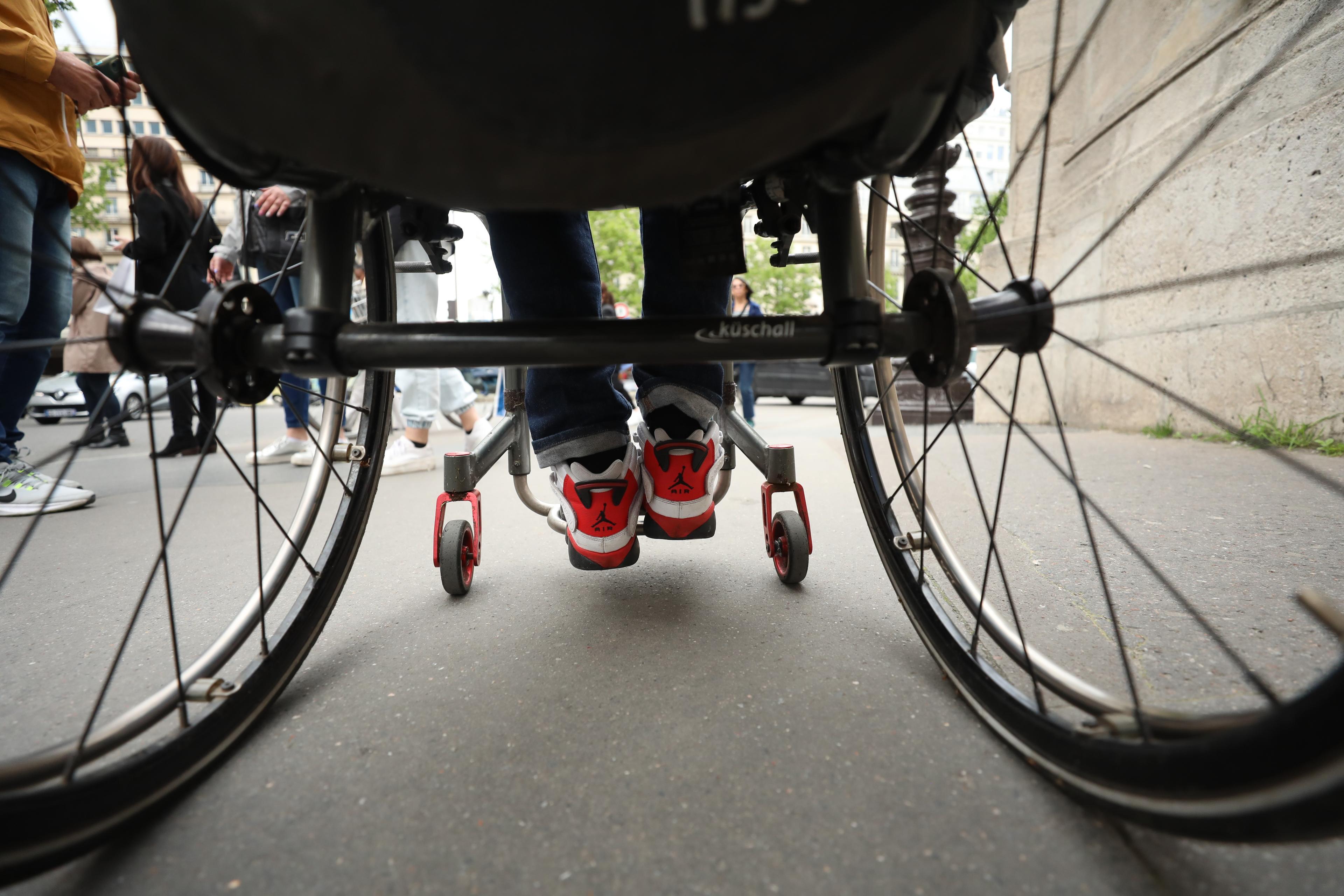The most terrifying moments often unfold in mundane situations. My own taste of horror emerges every time I enter a bar and I’m met with a prolonged silence after asking: ‘Can I use the toilet, please?’ In supposedly affluent Western nations, the dire state or absence of public toilets has become a universal nightmare, impacting the health and quality of life of all of us, but particularly for marginalised groups.
What I find most scary is that we seem to be accepting this cruel reality without confronting it. It is like there is a monster in the city that is affecting the life of everyone, but the people who can make a difference don’t even care.
I have been aware of the monster since 2013 when I was diagnosed with ulcerative colitis. This is a chronic inflammatory bowel disease that causes long-lasting inflammation and ulcers in the digestive tract and affects life in different ways, such as needing the toilet frequently, pain and fatigue. That’s when I realised the impact a simple toilet can have, not only on an individual’s health but also on public health. This is the story of the shitty life that the poor quality of public toilets confers upon us.
Toilets were one of the biggest steps forward for humanity: they allowed us to create cleaner spaces, reducing death and improving health. By the 19th century, in Western countries, bathrooms with toilets were increasingly included in home design, catering to essential human needs, such as urination, defecation and personal cleaning. With the emergence of new hygiene standards through the 20th century, the focus of bathrooms shifted further towards convenience and cleanliness. In contemporary times, the role of domestic bathrooms has expanded beyond their practical utility to symbolise places of wellbeing, with more affluent homes including features such as hot tubs and toilets with hi-tech and luxury functions.
And yet, the vast majority of public restrooms have not yet embraced this aspect of wellbeing. On the contrary, the poor state of them often elicits disgust and repulsion. In severe situations, for some people, these adverse psychological responses can escalate to pathological levels, including incontinence, urinary problems, anxiety, and significant alterations to their normal social life.
For many people, most of the time, the state of restrooms is something they think about only when they fail, if they are unusable or unavailable, or there simply aren’t any. Yet toilets often fail when you need them the most. And it’s in such moments you realise that these invisible parts of our cities are fundamental. So, why are restrooms typically tucked away at the back of establishments, hidden both literally and metaphorically? We all must keep in mind that the use of public bathrooms is inevitable, and that making them accessible and appropriate is a matter of human dignity.
The toilet problem has two differentiable branches. The first is the global sanitation crisis in developing countries and in extreme situations such as refugee camps, which provokes disease and death. The second branch pertains to the problems in developed countries, causing issues in daily life and negatively impacting quality of life.
Worldwide, the World Bank highlights three critical facts: a quarter of the world’s population lacks access to decent toilets, only 39 per cent of human waste is safely managed worldwide, and the global cost of inadequate sanitation reaches $260 billion annually. These facts emphasise the severe health, economic and environmental impacts of inadequate sanitation. Lack of access to toilets is a silent global burden: people die as disease spreads due to the lack of sanitation.
The problem is different when looking to Western, educated, industrialised, rich and democratic (WEIRD) countries. Here we often take adequate sewage disposal for granted. And yet free access to toilets is gradually disappearing. As the journalist Lezlie Lowe documents in No Place to Go (2018), institutions are retiring from ensuring the availability of public toilets. This withdrawal of support for basic sanitary facilities has left many people, especially in urban areas, struggling to find accessible restrooms when needed. For instance, data collected in the United Kingdom in 2018 showed that the number of public toilets had dropped by 39 per cent over the previous two decades. Quite simply, Lowe was right: there is often no place to go.
Yet, having access to toilets is essential for everyone’s dignity and to help support everyone’s mental, physical and social health. When women can’t easily use public toilets, it harms their wellbeing and denies their basic rights. The list of problems associated with public restrooms doesn’t end there. For instance, transgender and gender-nonconforming individuals face difficulties accessing restrooms due to transphobia. There is also a noticeable rise in urogenital issues due to holding in the urge to use the restroom at work or due to schools not adapting to the needs of children. Everyone can easily find a reason to fear public bathrooms, although these fears will be greater in those most disadvantaged by society.
For those of us with gastrointestinal problems, our minds always reserve a considerable space for public restrooms: we often worry about when we’ll have to use them, if we’ll find one, and if it will meet minimum standards. Dependency reshapes your reality: you are no longer concerned about whether you can park at the beach, but whether there will be a nearby restroom; you are not so worried about being late for the bus, but suddenly having an urgency in a 45-minute-long journey. Life changes when you are dependent on toilets. Note that everyone can find themselves toilet dependent, even if only temporarily – like that week after you ate a meal that upset your stomach.
These thoughts drove me to conduct some scientific studies on what people face with public toilets and how it affects their daily lives. Our studies started with interviews with the true experts in public restrooms: patients with bowel diseases (such as Crohn’s disease, ulcerative colitis or irritable bowel syndrome). In our case, these were people from Spain, and with their help we developed some assessment tools to use in surveys. We confirmed what we suspected: people struggle with public toilets because they are dirty, don’t offer any privacy, and lack the basic things needed to use them. The ideal public toilet – the one with the adequate levels of cleanliness, privacy and usability – is hard to find. Another study from our team showed that, for people who are toilet dependent, these negative situations can increase the shame they feel about their illness. This illness-related shame is associated with poorer health outcomes, such as reduced seeking of help or support from others.
When we asked people about the struggles they face with public toilets, such as ‘being unable to find an open unoccupied public toilet’ or ‘feeling unsafe or exposed in a public toilet’, we found that the more often they experienced these negative events, the lower their quality of life (even after accounting for any differences in their health or socioeconomic status). What’s more, we found that people from poorer and less educated backgrounds had more of these negative toilet experiences – probably because they usually live further from work and in places with fewer available high-quality toilets. Consistent with previous research, we found that gender also influences (negative) experiences with public restrooms: women reported more negative incidents than men, perhaps due to distinct needs that are so often ignored.
Considering the data and experiences, it might seem we’re losing the battle for quality public toilets. There is just cause for anger, which should be channelled into action. Yet, there’s also reason to hope for a future with better toilets that restore our dignity. Some public administrations are taking the availability of quality public restrooms seriously in their facilities. Increasingly, patient and consumer associations are initiating campaigns for universal access to public toilets. For instance, in my country of Spain, there is the ‘I can’t wait!’ campaign in Catalonia, and the report about public bathrooms from the Spanish Federation of Consumers and Users, which called for their greater availability.
Recognising this issue and assessing the situation is the initial stride toward a future where everyone can access high-quality restrooms tailored to their individual needs. One thing is clear: we need to talk about public restrooms openly, not in secret. Loudly, not whispering. We need to assert our fundamental right to access a restroom without having to wait until we’re back home.








